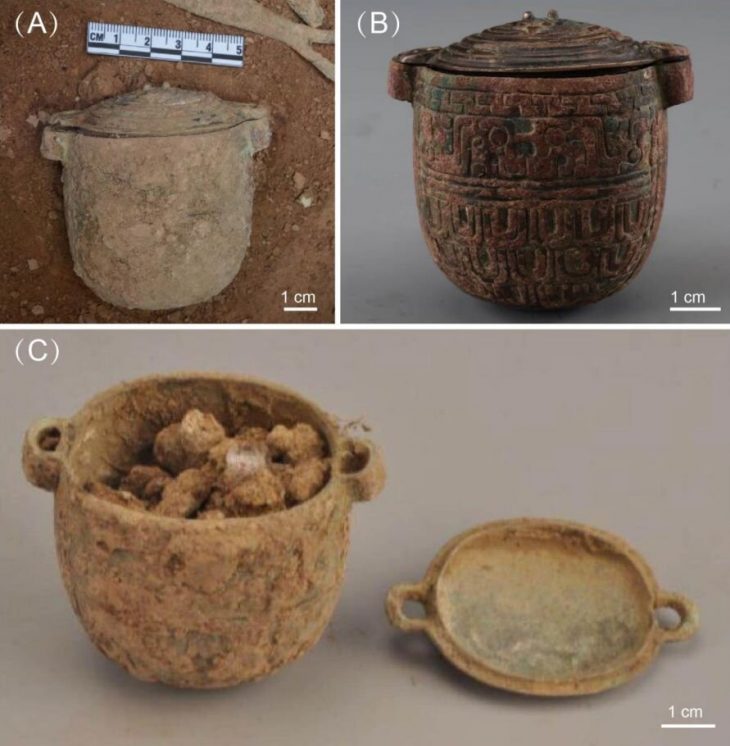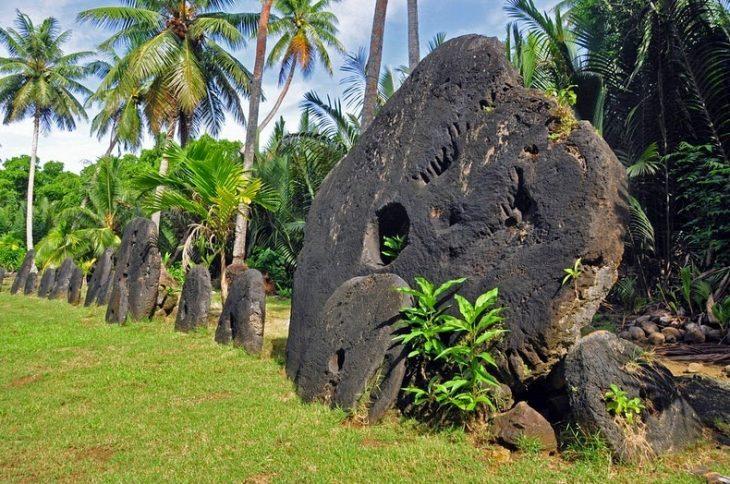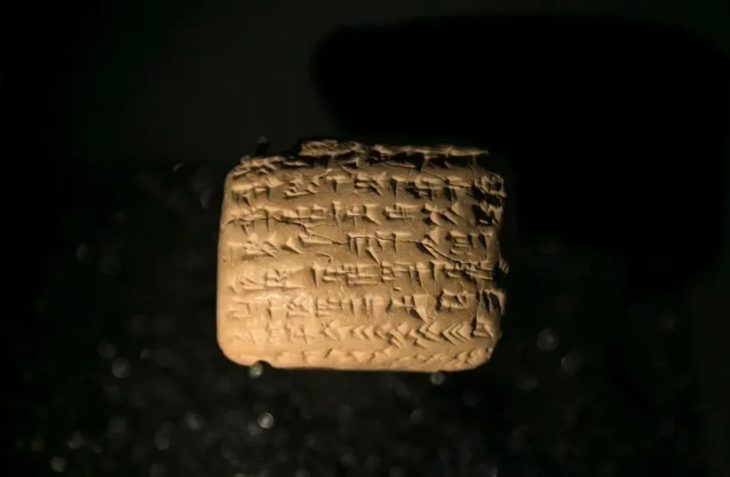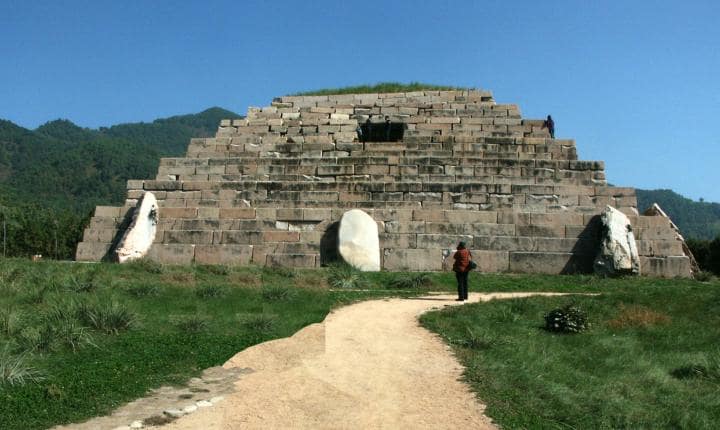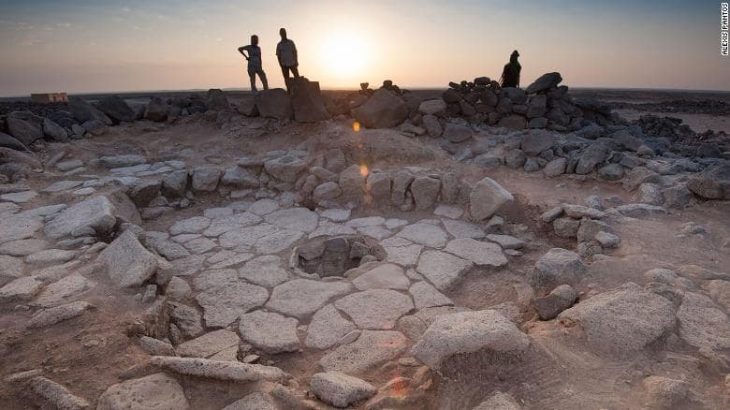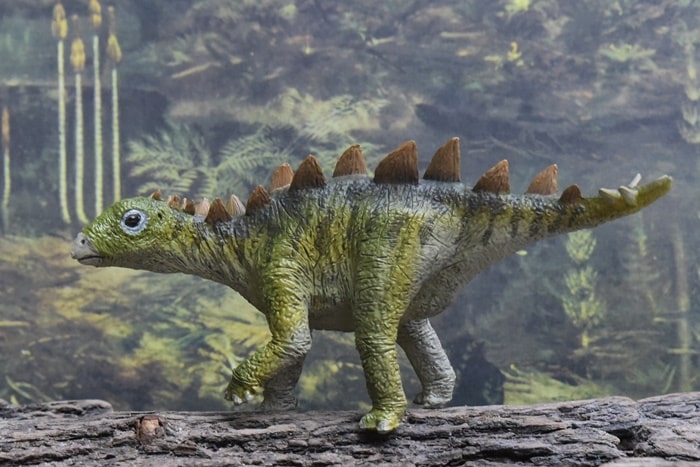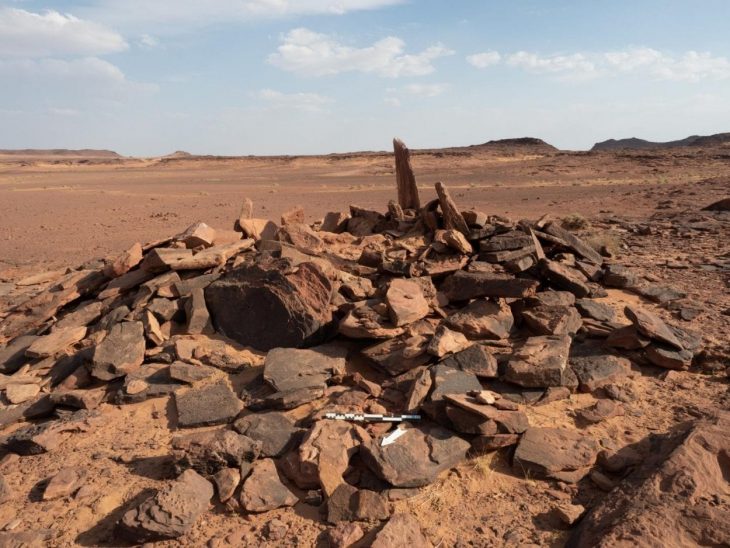Before the invention of modern dental instruments, people tried to treat teeth using primitive methods. Nobody wants to have a toothache. Ancient people had to make do with the tools they had, and these tools were often made of rocks.
Paleoanthropologist David Frayer of the University of Kansas and his dentist Joe Gatti collaborated on the study of teeth in Neanderthal fossils found in Krabina caves in Croatia. They found evidence that early humans had used primitive hand-made toothpicks to help treat dental problems, such as impacted molars, fractured cusps, and oral pain.
The 130,000-year-old teeth showed grooves, scrapes, and marks that were likely caused by a Neanderthal using sharpened bones or reeds to access the diseased tooth.
“The Neanderthal was presumably trying to treat itself … probing the space between the teeth to get at that twisted molar. Anybody who has ever had an impacted tooth knows what that’s like,” Frayer told the Washington Post.
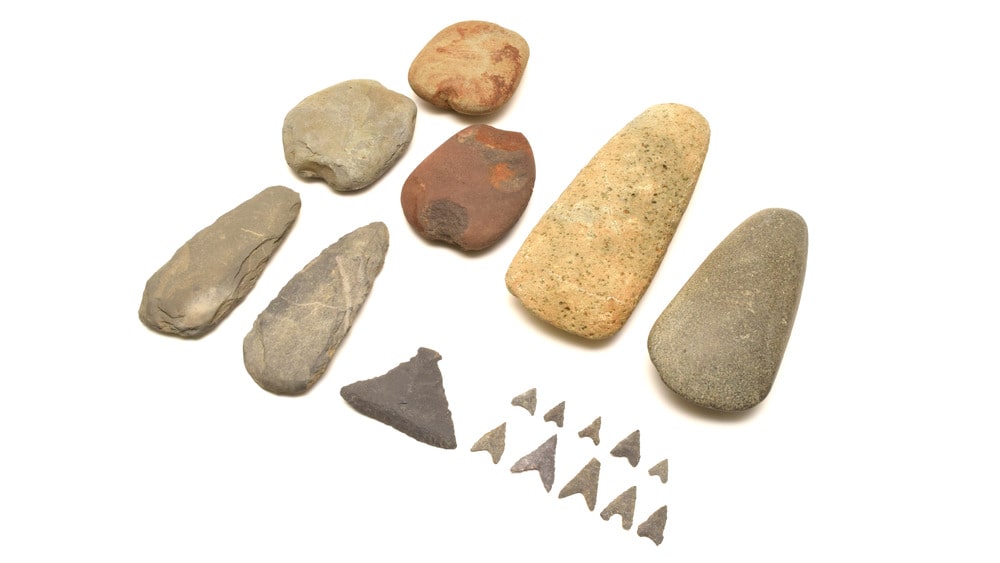
Early humans used stone tools to treat teeth
This practice continued for thousands of years. According to a study published in Iflscience, the researchers analyzed the infected molar tooth with a scanning electron microscope and found chips and lines that they suggested were evidence of “intentional” removal of infected tissue with a small, sharp instrument.
The study, published in the journal Scientific Reports, looked at a molar from a well-preserved 25-year-old male skeleton, the remains of which were first discovered in a rock shelter in Belluno, Italy, in 1988. The researchers found evidence that the molar had infected and partially treated with sharp flint tools.
“The treatment went unnoticed for all these years. The cavity was described as a simple carious lesion,” lead researcher Stefano Benazzi from the University of Bologna told Discovery News.
The ancient tooth represents “the oldest archaeological evidence of” dentistry, the study notes.
A 14,000-year-old tooth infected with this study provided us with the earliest known evidence of dentistry. Instead of sterile instruments and anesthesia, our ancestors used sharpened stone tools to remove their cavities. So, thank you next time you visit the dentist, you do not have to go through the harsh and basic dental practices of the Paleolithic period.



